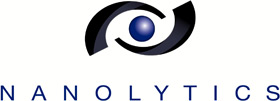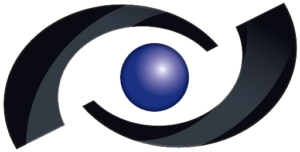Nanolytics is pleased to have established a Scientific Advisory Board whose members are three of the leading experts in Analytical Ultracentrifugation (AUC) and its various applications.
The purpose of the Board is to lend critical support in staying ahead of the state of the art of scientific and technological developments in Analytical Ultracentrifugation which still mainly rely on the efforts of its users.
Furthermore, Nanolytics has been participating in the Open Analytical Ultracentrifugation Project to efficiently focus the capabilities of the community to advance the AUC hardware and software [1]. The Open Analytical Ultracentrifugation strategy facilitates collaborations, encourages sharing, and eliminates the chronic impediments that have plagued Analytical Ultracentrifugation innovation for the last 20 years.
Accordingly, the implementation of the Scientific Advisory Board enhances the expertise of Nanolytics to optimally exploit the scientific potential of Analytical Ultracentrifugation for the needs of the clients.
[1]: Cölfen, H., Laue, T.M., Wohlleben, W., Schilling, K., Karabudak, E., Langhors,t B.W., Brookes, E., Dubbs, B., Zollars, D., Rocco, M., Demeler, B. The Open AUC Project. Eur. Biophys. J. 2010, 39, 347–359.
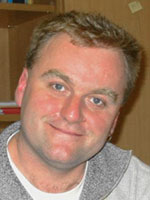
Helmut Cölfen
Professor for Physical Chemistry
Department of Chemistry
Universität Konstanz
D-78457 Konstanz, Germany
Helmut Cölfen was member of our Advisory Board for 24 years until he passed away in November 2023.
We are grateful for 24 years of support, advice, and inspiration. Not only did Helmut contribute his knowledge and experience on countless occasions – he also encouraged us to enhance AUC detectors beyond the state of the art. In joint projects, we developed and optimized novel detector systems, finally leading to the foundation of a new business unit, Nanolytics Instruments, in 2015.
Helmut was an exceptional scientist, listed in the Thomson Reuters list of the world’s top 100 chemists for the years 2000–2010, and having achieved an outstanding publication record of more than 450 publications with an h-index of 98. Moreover, he was reviewer for more than 340 scientific journals, including the Nature Journal Family, Science, PNAS, JACS, Angewandte Chemie etc. as well as for 40 funding agencies.
He was honored with more than 15 awards.
Modest and friendly in manner, casual in appearance, optimistic in nature, Helmut was dedicated to science and to his family.
We accept Helmut’s legacy in the ongoing process of enhancing AUC instrumentation and techniques. He will be in our thoughts and in our hearts.
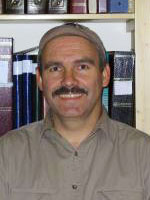
Borries Demeler
Professor, Department of Chemistry & Biochemistry
Canada 150 Research Chair for Biophysics
Director, Canadian Center for Hydrodynamics
The University of Lethbridge
Department of Chemistry and Biochemistry
Web page: www.demeler.uleth.ca
Borries Demeler is author of roughly 200 publications.
The main project involves the development of the UltraScan data analysis software package (www.ultrascan.uthscsa.edu). This software is used for modeling of hydrodynamic and thermodynamic properties of biological and synthetic macromolecules, and interactions and thermodynamic characteristics of macromolecular assemblies. Areas of research involve advanced numerical analysis, optimization, high-performance network computing and cluster computing. The current focus is on the development of software for the interpretation of multiwavelength sedimentation velocity experiments, and on spectral decomposition of analytical ultracentrifugation experiments.
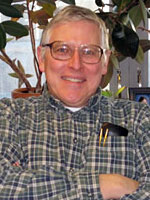
Thomas M. Laue
Professor Emeritus of the Department of Molecular, Cellular and Biomedical Science
Director of the Center to Advance Molecular Interaction Science (CAMIS)
Director of the Biomolecular Interaction Technologies Center
Department of Biochemistry and Molecular Biology,
University of New Hampshire
Durham, NH 03824, USA
Web page: www.researchgate.net/profile/Tom_Laue
Tom Laue is author of more than 100 publications.
The research in Laue´s laboratory is directed toward the development of direct physical methods for determining properties of macromolecules, including mass, charge, size, shape, and solubility, as well as the state of aggregation and the extent of ligand binding.
Along with standard optical methods, his lab has developed novel instrumentation for sedimentation analysis, in particular an efficient interference detector (which was introduced into the Beckman Coulter XLI analytical centrifuge) and a fluorescence detection system (FDS, available as a third party add-on), and for charge analysis (capillary electrophoresis, membrane-confined analytical electrophoresis, MCE). These methods are being applied to a wide range of macromolecular interactions, including those in blood coagulation, DNA transcriptional regulation, viral DNA integration, and gel formation.
